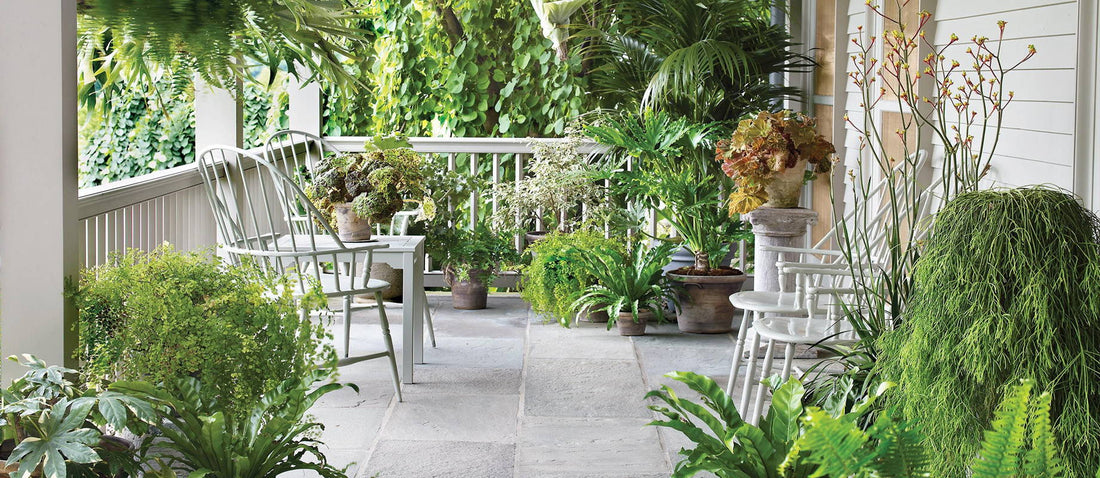Embracing Nature in the City: Urban Jungle Landscaping Creating a lush oasis in the midst of urban surroundings is not...
Biodiversity in cities
Sustainable Roofing Evolution: Transforming Buildings with Green Innovations Sustainability is at the forefront of architectural advancements, and green roofing innovations...






